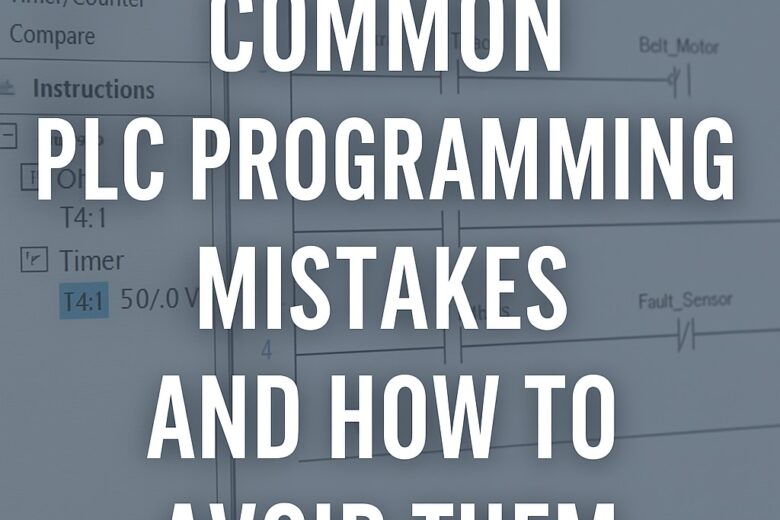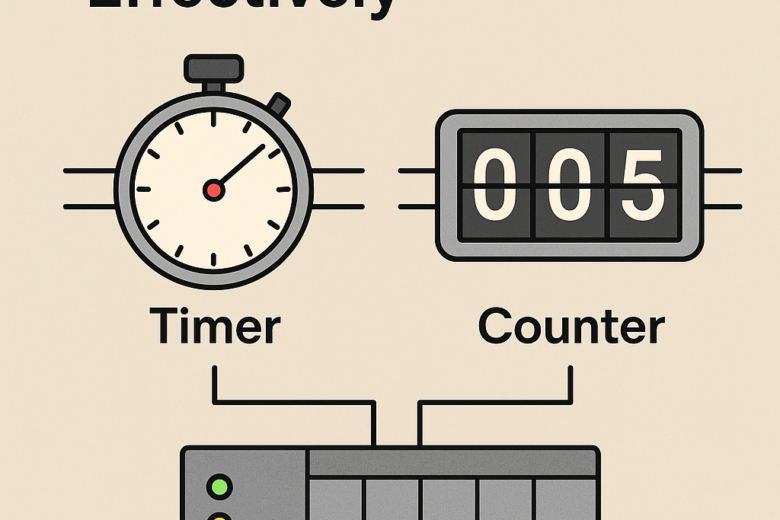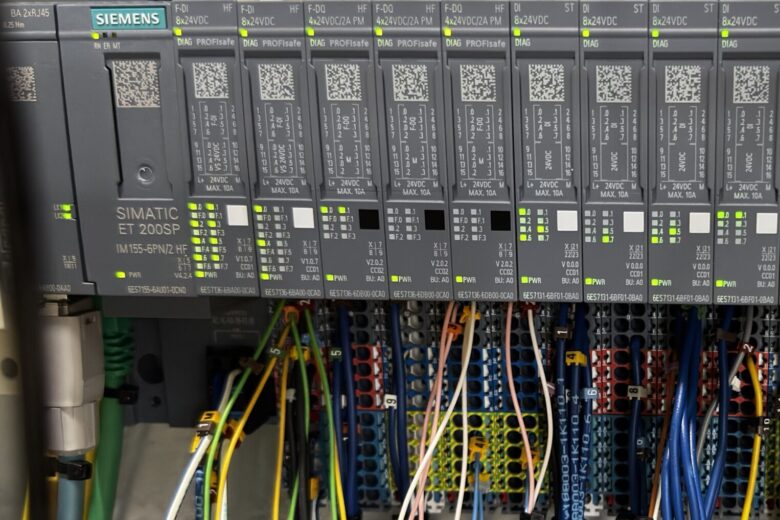In the world of industrial automation, things don’t always go as planned. Machines stop, sensors fail, programs glitch—and when they do, the technician’s ability to troubleshoot swiftly and accurately can mean the difference between minimal downtime and a full-blown production crisis. Whether you’re a seasoned PLC expert or just starting …
Developing Custom Function Blocks for Enhanced PLC Functionality
Introduction: In the fast-evolving world of industrial automation, efficiency, modularity, and reusability are vital to building robust and scalable PLC programs. One of the most powerful tools at a programmer’s disposal is the Custom Function Block (CFB). These blocks allow you to encapsulate specific logic or operations into modular, reusable …
How New IEC Standards and Safety Regulations Are Reshaping PLC Programming & System Design
Introduction: As automation systems become more complex and safety-critical, both international standards and local regulations are evolving to match. Engineers working with PLCs must now go beyond basic logic design — they need to be fluent in the latest IEC standards and understand how modern safety regulations influence their systems. …
Addressing I/O Module Failures: Step-by-Step Guide
Introduction: I/O module failures are one of the most common – and disruptive – issues encountered in control systems. Whether you’re working with a PLC in a bottling plant or a packaging line, a faulty I/O module can bring operations to a standstill. Here’s how to troubleshoot and resolve such …
Common PLC Programming Mistakes and How to Avoid Them
Introduction: Even seasoned engineers make mistakes in PLC programming. Some bugs are harmless, but others can cost production downtime, safety risks, or even equipment damage. The good news? Most mistakes are avoidable with the right habits. Here are the top PLC programming mistakes and how you can avoid them like …
What Is SCADA? A Simple Guide for Automation Beginners
Introduction: If you’ve ever wondered how plant operators monitor and control entire production systems from a single screen, the answer is SCADA. SCADA (Supervisory Control and Data Acquisition) systems form the backbone of modern industrial automation. Let’s break down what SCADA is, how it works, and why it matters. 1. …
Understanding Sensor Types in Industrial Automation: A Complete Beginner’s Guide
Introduction: Sensors are the eyes and ears of every automation system. From detecting bottle positions on conveyors to monitoring tank levels and temperatures, sensors are crucial for accuracy, efficiency, and safety in industrial processes. In this post, we’ll cover the major types of industrial sensors, where they are used, and …
Mastering Timers and Counters in PLC Programming: The Heartbeat of Automation
Introduction: If inputs and outputs are the arms and legs of an automation system, timers and counters are the heart and brain. Whether you’re controlling conveyors, mixing batches, or sequencing machines, timers and counters are essential for reliable, flexible, and predictable operations. In this post, we’ll break down the types …
Mastering Structured Text Programming in PLCs: A Beginner-to-Pro Guide
Introduction: As industrial automation evolves, so do the tools and languages used to program PLCs. One language that’s gaining popularity for its power and flexibility is Structured Text (ST). Unlike Ladder Logic, ST is closer to traditional programming languages like Pascal or C, making it ideal for complex tasks, math …
Diagnosing and Fixing Communication Errors in PLC Networks: A Practical Guide
Introduction: In the world of industrial automation, nothing grinds production to a halt faster than communication errors between PLCs and their connected devices. Whether you’re dealing with Ethernet/IP, Modbus, PROFIBUS, or another protocol, communication breakdowns can be frustrating — but they’re also solvable with the right approach. In this guide, …






